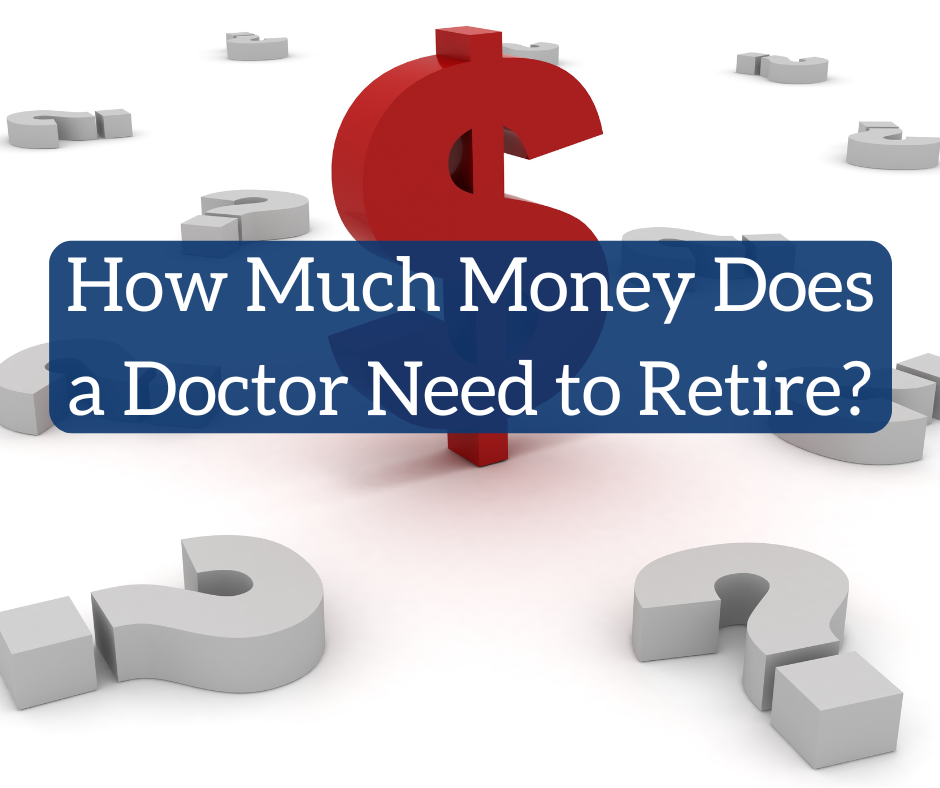As you can see, a 3% withdrawal rate is bulletproof, and most people consider 4% as good enough. Five percent starts introducing some significant risk (runs out of money one-third of the time in a 30-year retirement with 50% stocks). It's a 50/50 proposition at 6%, and by 8%, you would have run out of money 90% of the time. This is why you hear about the “4% rule” (really it's more of a
4% guideline).
The 4% rule isn't really a great withdrawal/spending method in retirement, but it's pretty useful as a rule of thumb to determine how much you need to retire. You just have to reverse-engineer it.
If you can spend 4% a year, then you need 25X what you spend. That's a lot of money. At least a million, and for many doctors, $5 million
-$10 million dollars. This is the bad news of physician retirement.
WCI
How much money will you need to retire? Let's run through all the information you'll need to calculate your target number.

www.whitecoatinvestor.com


